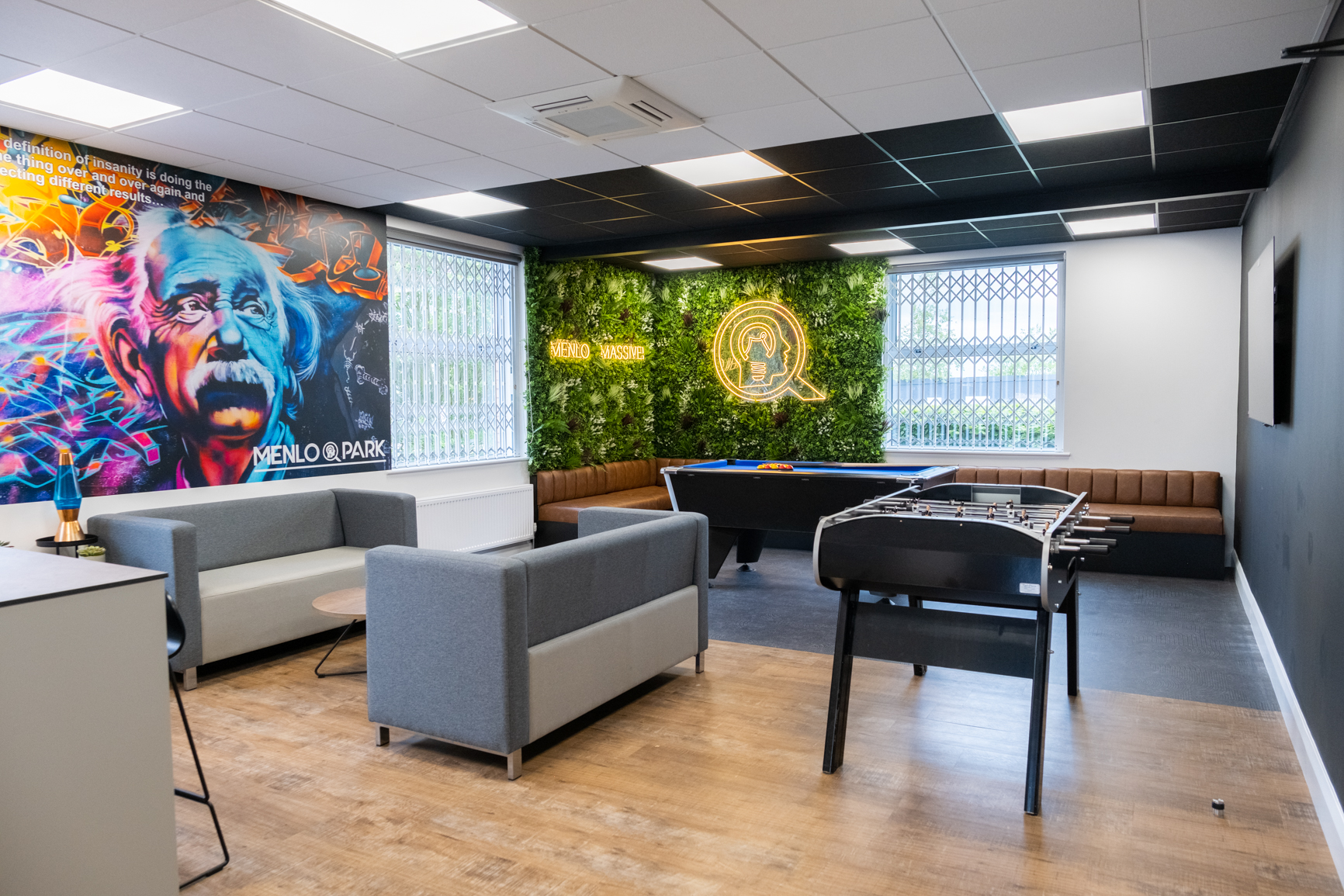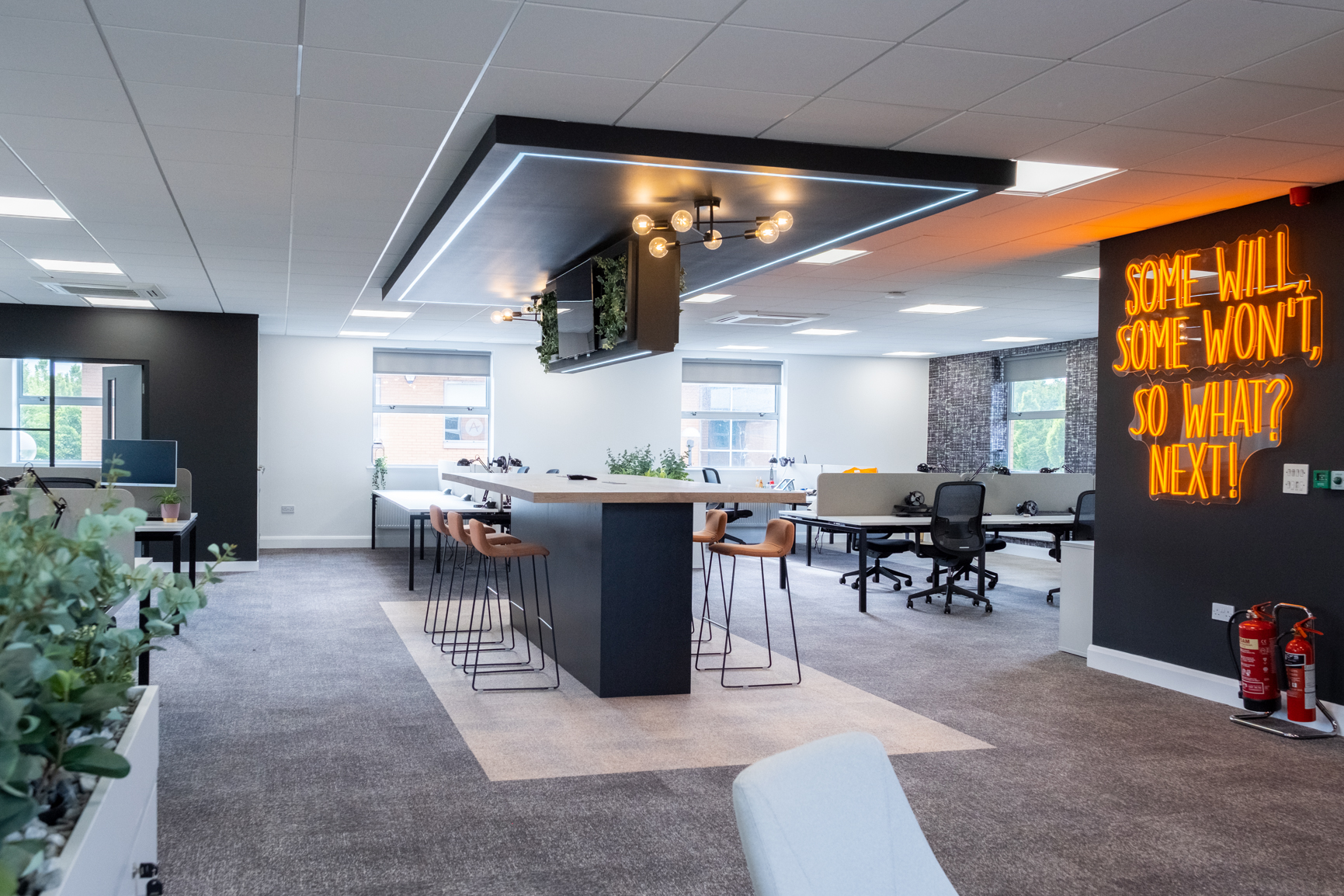Flexible, agile, and hybrid working are buzzwords that have become increasingly popular in recent years and in the aftermath of the COVID-19 pandemic.
Put simply, these terms refer to different approaches to working that allow employees to have more control over their work schedule and location than they had previously when required to work from an office five days per week.
Though there are a lot of similarities between these working models, in actual fact they do all have their distinct differences.
In this post, we’re going to make these terms a little more digestible for you and explore what flexible, agile, and hybrid working actually means, so you can implement these working models more successfully into your businesses model.
Flexible working is an approach that allows employees to work in a way that suits their lifestyle and is mainly focused on the working hours of an employee.
Though we have traditionally been used to the standard 9-5 working, flexible working allows employees and employers to agree upon set times outside of these hours that the employee will work.
However, not only does flexible working cover when your employees work, it can also include how they work and accommodate part-time workers with child care responsibilities, as well as fully remote staff. Because of this fluidity, flexible

working can often be mistaken for hybrid working which similarly allows employees to split their time between home and office based working.
The benefit of flexible working is that it can help employees achieve a better work-life balance and feel more appreciated within the workforce. In turn, this can improve their well-being and job satisfaction, as well as reduce employee absenteeism and increase staff retention.
Alternatively agile working tends to solely focus on the ways employees work whilst in the office. Businesses looking to adopt an agile working strategy would prefer to create a dynamic working environment that will encourage workers to start visiting the office on a more regular basis.
As a result, agile working design plans are geared more towards maximising your office floor plan, and space rationalising in order to create an environment that will help to achieve business goals. Additionally, agile working solutions can help to increase staff productivity as it allows employees to work in an environment that suits their needs.
In terms of what an agile workspace may look like, office designs are often customisable so they can be equipped for any working situation.
Agile offices usually include a wide range of working areas, including breakout zones, collaboration areas, communal spaces where staff can relax, as well as domestic areas.
The purpose of including a variety of different areas is to be able to support the multiple working styles of employees and to be able to support their wellbeing and productivity. Other notable design features of an agile working environment also include hot-desking, which also contributes to a positive agile working design.

Agile working is designed to allow employees to constantly change their working patterns to optimise their productivity and remain engaged, rather than limiting them to a singular space where they can become inefficient.
Hybrid working is a combination of both flexible and agile working. This approach allows employees to work from home or in the office as needed.
For many workers, hybrid working provides a best of both worlds scenario, allowing employees to benefit from the flexibility of working from home while also having access to the resources and social interaction of the office.
Nowadays, it has become common for the majority of workers to typically split the working week, with 3 days in the office and 2 days working remotely; however, this will be different depending on the individual requirements of a business.
The overall purpose of a hybrid working office design is to provide staff with increased flexibility and control over their working patterns.
A key feature of a hybrid office is the occupancy levels on a day-to-day basis. Though this will be dependent on how often businesses require their staff to work from the office, many have been able to reduce their space requirements, as well as adapt their office layout as occupancy rates have decreased. In turn many business have also been able to cost-save in the process.
The idea of assigned desks will also be a thing of the past in the majority of hybrid office designs with many implementing hot-desking instead. This type of seating plan allows employees to choose where they sit on whatever days they choose to attend the office. To support this flexibility further, open plan layouts are often used as well as central touch points for staff meetings.

Finally, hybrid office spaces will now focus on previously ignored office features such as acoustics and specialised meeting spaces with quality audio and visual equipment that will facilitate virtual collaboration and communication.
Though they each have their distinguishable features, flexible, agile, and hybrid working can offer a range of shared benefits to both employees and employers. These benefits include:
Flexible, agile, and hybrid working are all approaches to working that allow employees to work in a way that suits their needs.
At Building Interiors, we understand the importance of creating an office design that supports these new ways of working to support the needs of your workforce.
If you would like to speak to a member of our team about a new office design concept to support your flexible, agile, or hybrid working needs, you can contact us on 0113 388 6522 or email us at contact@buildinginteriorsgroup.co.uk